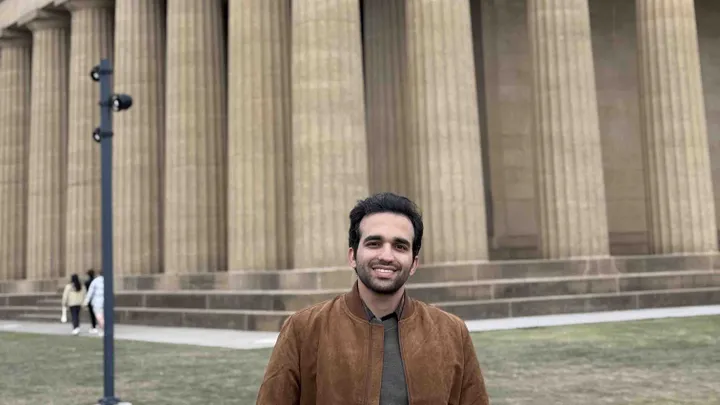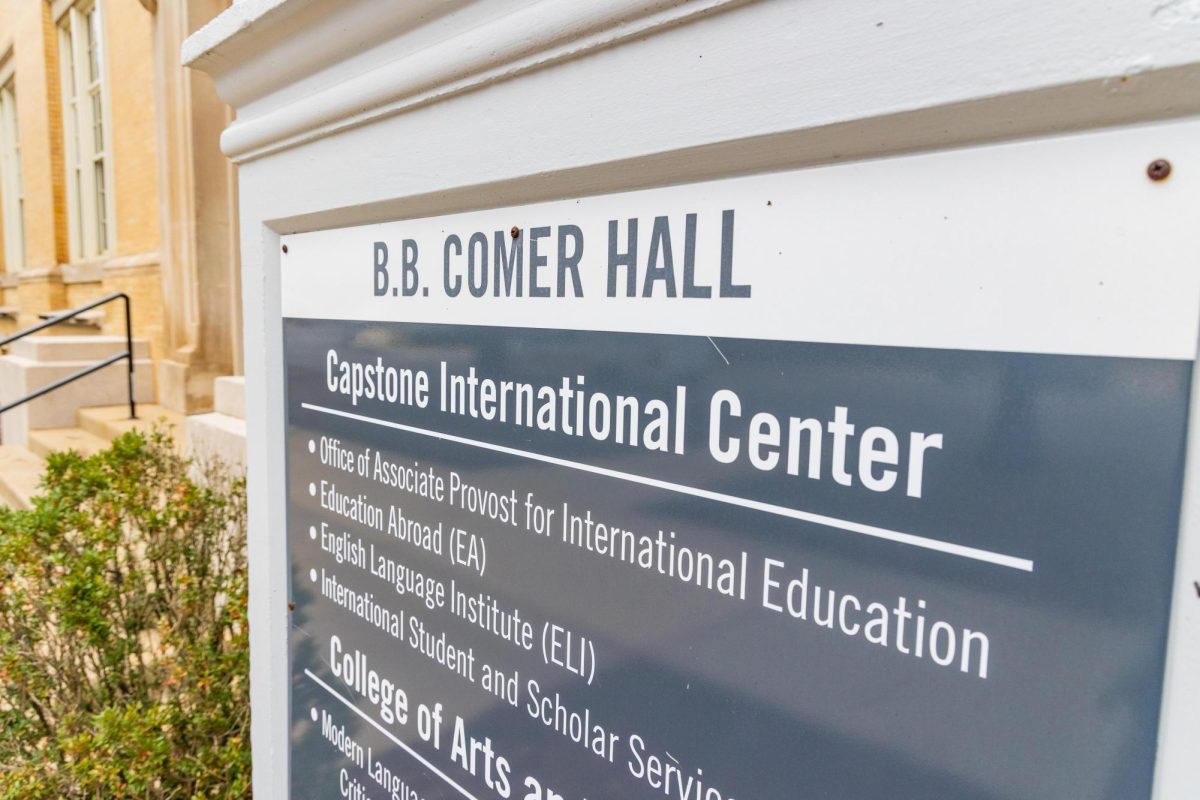As fall semester unwinds, students should take precautions to keep themselves cool in the sweltering heat so typical of Alabama weather.
Common sense precautions such as drinking water instead of soft drinks, wearing loose-fitting clothing and exercising when temperatures are cooler can help prevent heat-related illnesses for students undertaking physical activity, said Jonathan Wingo, assistant professor of kinesiology and director of the Human Performance Laboratory, which investigates the body’s responses to exercise under varying environmental conditions.
Student athletes should be especially aware of their water intake before and during exercise since waiting until thirst strikes is unreliable.
Once thirsty, a person is already past the point of dehydration.
“Thirst tends to lag dehydration,” he said.
Water drained from the body through sweat constitutes the majority of weight lost during physical activity, so rehydrating every fifteen minutes is an important routine to practice, he said.
But don’t rush to dry off.
“Sweat only serves to cool the body when it evaporates—that is, when sweat changes from a liquid to a gas, heat is dissipated,” he said. “Wiping sweat away prevents it from cooling the body and only serves to dehydrate the individual with no benefit.”
For students just walking to class, the heat that is lagging from the summer into the fall is cumbersome but not threatening.
“Unless you have a medical condition, I think just walking to class for college-aged students is not going to be a big deal,” he said.
Dizziness or nausea can be symptoms of an oncoming heat-stroke, however, and students, whatever their level of physical activity, should treat the symptoms seriously.
“Early signs [of a heat-related illness] include clumsiness, headache, nausea, confusion and impairment of consciousness,” according to an emailed statement from Wingo. “Cold water immersion provides the most rapid cooling if exertional heat stroke is suspected. If an immersion tub is unavailable, cold ice packs and towels on the head, trunk and extremities provide slower, but effective, cooling.”
Above all, don’t try to outdo the hottest star closest to the planet.
“Don’t tough it out,” he said. “Listen to your body and know when enough is enough.”
The high temperatures are not expected to yield until early November, when temperatures will take a steady decline, said WVUA Meteorologist Richard Scott.
“The angle of the sun is getting lower, and the days are getting shorter,” he said.
As the sun dips lower into the Alabama skyline according to its annual cycle, less solar radiation will absorb into the soil, meaning temperatures will naturally cool, he said.
“Each day, there is less solar radiation to warm the soil,” he said.
Nathaniel Graham, a sophomore majoring in history, said he stays hydrated by drinking water rather than soft drinks in between classes.
Although hydrated, Graham wouldn’t be much help to a student experiencing a heat stroke.
“I wouldn’t know the symptoms of heat stroke because I drink so much water,” he said.








